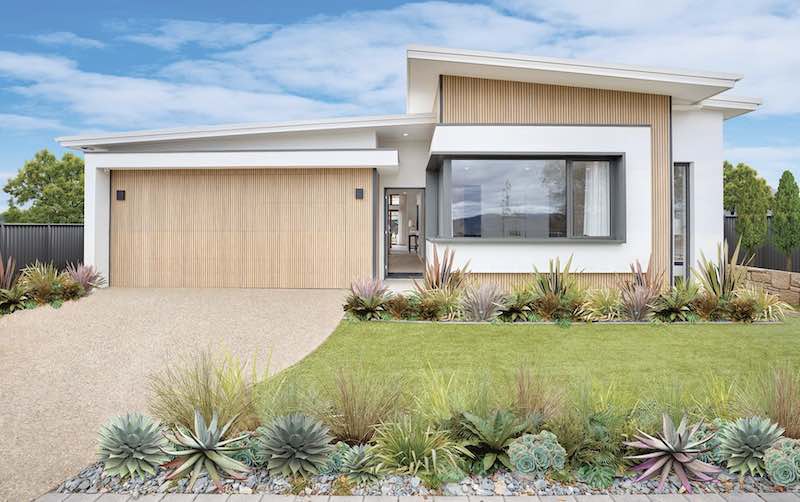

The improved energy efficiency of new homes has been highlighted in a new study, sparking calls for politicians not to water down building standards – a move that would result in steeper electricity bills for residents.
The typical house built in 2010 or later is twice as energy efficient as one built before then, when new minimum standards in the National Construction Code were introduced, a report by property analytics provider CoreLogic has found.
Newer builds achieved a median rating of 5.9 stars out of 10 on the Nationwide House Energy Rating Scheme (NatHERS), compared to 2.8 stars for pre-2010 houses.
The findings follow a promise by the coalition to freeze the building code for a decade if they succeed at the next federal election, due by May 17.
They claim changes to energy efficiency standards have added up to $60,000 to the price of a new home.
CoreLogic research director Tim Lawless questioned the coalition’s figures, saying there was conjecture around the estimates, with some industry bodies putting the cost at closer to $10,000.
“For the advancement of Australia’s energy outcomes, I really think taking a pause or a step backwards on energy resilience is the wrong way to go,” Mr Lawless told AAP.
Residential buildings account for almost a quarter of Australia’s electricity usage and more than a tenth of the country’s carbon emissions.
Even if the emissions standards do add to the cost of new builds, it’s a cost the government should be supporting, Mr Lawless said.
“Otherwise, the fact is we’ll get closer to 2050 and we’ll find we’re a long way off from reaching our Paris Agreement targets of net zero,” he said.
The report found suburbs with a higher proportion of new housing had higher median energy efficiency standards, with the ACT over-represented at the top of the league table.
The newly-developed region of Molonglo in Canberra’s west was the nation’s most energy-efficient area, with a median star rating of 6.1.
Sydney and Hobart, with comparatively older housing stock, were the only capital cities that missed out on having regions appear in the top 30 for energy efficiency.
Hobart’s relatively low dwelling completion to population ratio contributed to its lower scores, as well as heritage restrictions and the heating demand from its cold climate.
The analysis examined detached houses and townhouses, but not apartments, and did not take into account efficiency improvements from retrofits of existing homes.
Source: AAP
This post was published on December 10, 2024 2:09 pm
China EV giant bows to trend of offering "complete solutions" for home energy, with launch…
NSW Energy and Water Ombudsman Janine Young unpacks the surge in energy complaints and explores…
New data shows home battery installations had a bumper second half in 2024 – but…
Anibal Zarate's family lived so well through Tropical Cyclone Alfred that even his sceptical neighbours…
Round two of state battery program announces new winners, including a major charity group to…
A people powered experiment is underway in the US that could change how communities generate…